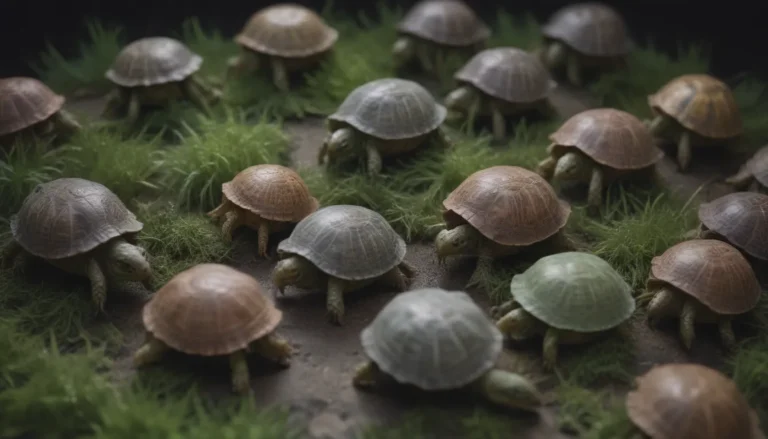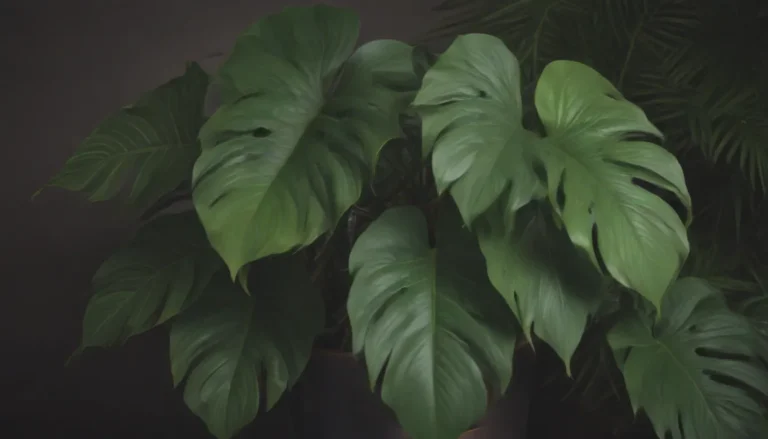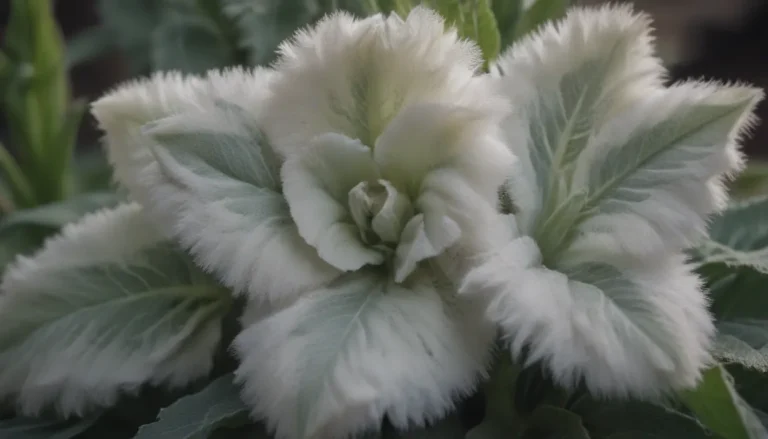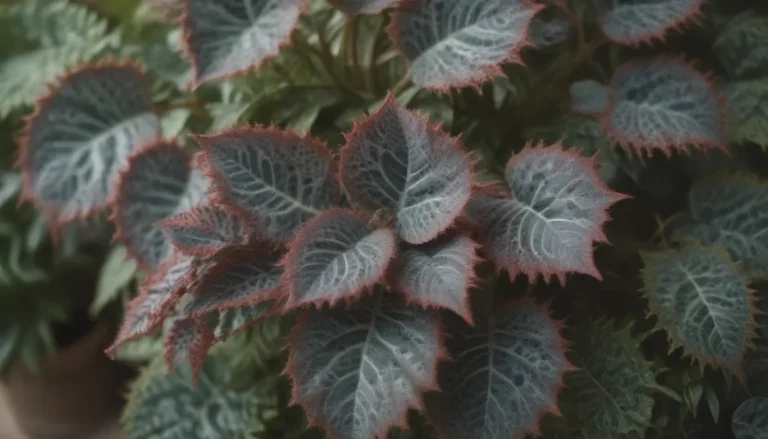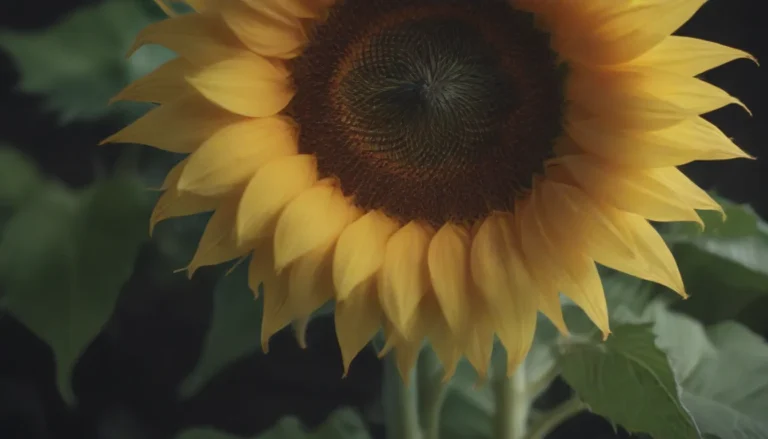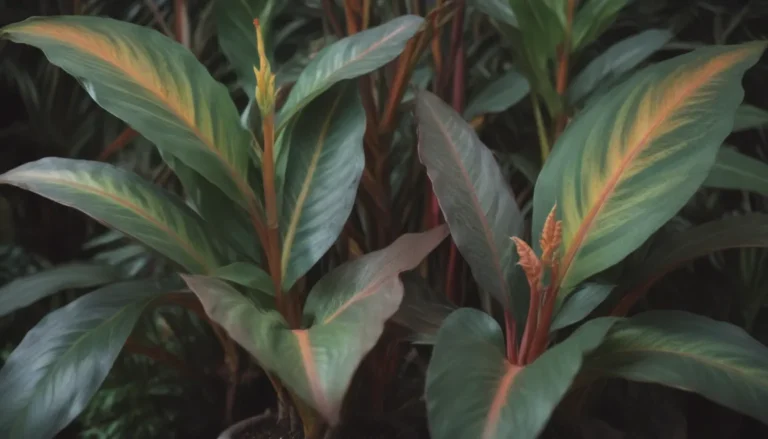How to Create and Maintain a Low-Maintenance Wildflower Garden
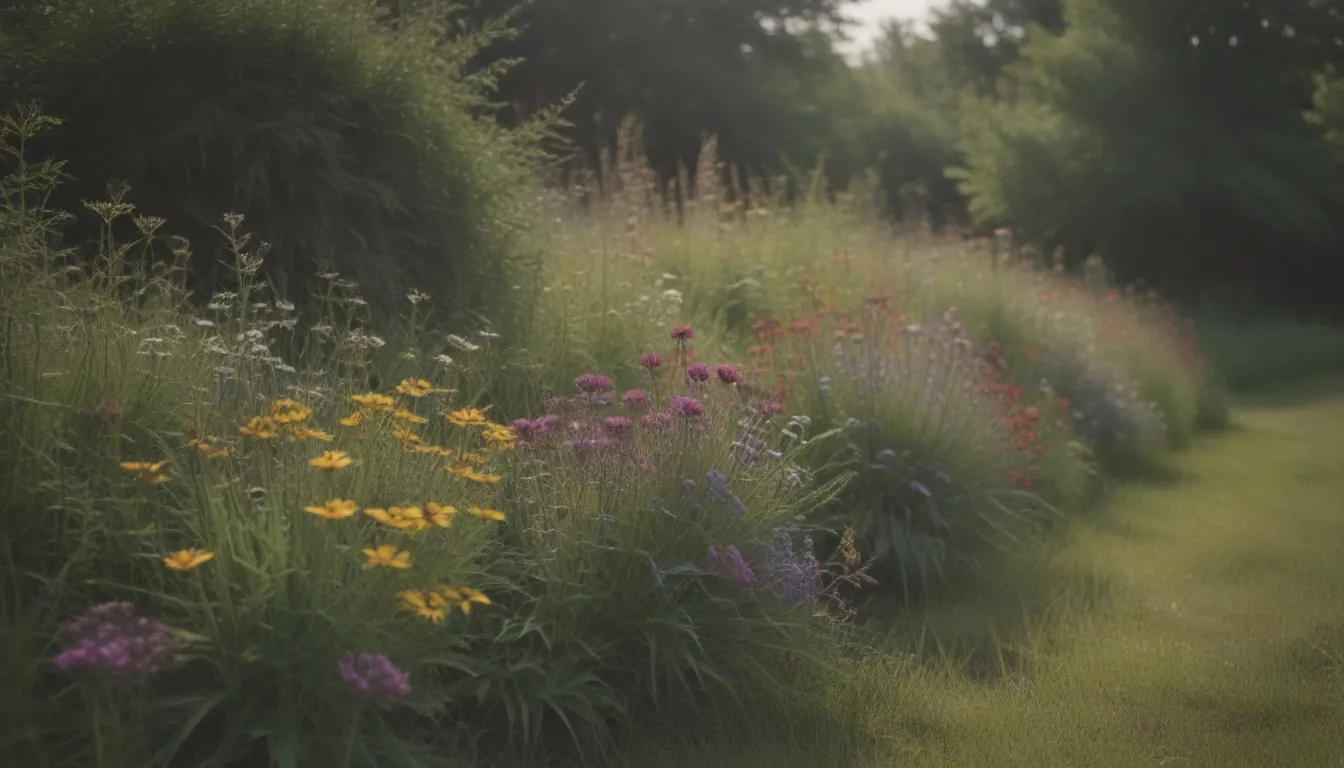
Are you looking to add a splash of color and attract beneficial insects to your outdoor space? A wildflower garden might just be the answer for you. While wildflowers are often touted as low-maintenance plants, they do require some initial planning and care to flourish. In this comprehensive guide, we will dive into the steps needed to design, plant, and maintain a thriving wildflower garden that will bring joy to both you and the local pollinators.
Why Choose a Wildflower Garden?
Wildflower gardens are not only visually appealing but also provide essential habitats for butterflies, hummingbirds, and other beneficial insects, making them a valuable addition to any outdoor space. They are known for their hardiness and ability to self-reproduce, making them ideal for those looking for a low-cost and low-maintenance gardening option. Additionally, wildflowers are well-suited for tough-to-maintain areas with poor soil conditions, as they often thrive in neglect.
Step 1: Choosing the Right Location
Selecting a suitable location is crucial for the success of your wildflower garden. Most wildflowers require full sun, which is about six or more hours of direct sunlight per day. If your chosen spot receives less sunlight, consider opting for a shady woodland mix of wildflowers that can tolerate partial shade. Some wildflowers that thrive in shady conditions include black-eyed Susan, sweet alyssum, and shasta daisies.
Step 2: Preparing the Soil
Proper soil preparation is essential for the long-term health of your wildflower garden. Before planting, ensure that the soil is free of weeds and other unwanted vegetation. There are two primary methods for clearing the area—manual weed removal or solarization, which involves using sunlight to kill existing vegetation.
Once the area is clear, till the soil shallowly, amend it with compost or organic matter to enhance nutrient levels, and finally, rake and level the soil to create a suitable planting bed for your wildflowers.
Step 3: Choosing the Right Plants
When selecting plants for your wildflower garden, consider the wildlife you want to attract. Different species of wildflowers appeal to butterflies, hummingbirds, and beneficial insects. Here are some popular options for each category:
To Attract Butterflies:
– Black-eyed Susan
– Cleome
– Cornflower
– Yarrow
– Zinnia
To Feed Hummingbirds:
– Garden Columbine
– Nasturtium
To Lure Beneficial Insects:
– Bishop’s Weed
– White Dutch Clover
– Fennel and dill
– Aromatic aster
For Low-Maintenance:
– Aster
– Blanket flower
– Wild blue flax
Step 4: Planting the Wildflower Seeds
After choosing the right plants for your garden, it’s time to plant the seeds. Whether you opt for individual plant seeds or pre-grown plants, the process remains the same. Prepare the planting area by mixing sand with the seed mixture, lightly rake the soil to ensure good seed-to-soil contact, water the area thoroughly, and then sit back and wait for germination, which typically occurs within 10 to 21 days.
Step 5: Caring for Your Wildflower Garden
Once your wildflowers are established, they require minimal care to thrive. However, there are still essential maintenance tasks to keep in mind:
Watering:
- During dry spells, water your garden to keep the plants looking their best and healthy.
- Water the garden bed frequently during germination to ensure the seedlings sprout successfully.
- Once the seedlings are established, reduce watering frequency as the roots develop and can absorb groundwater.
Weeding:
- Minimal weeding may be necessary initially, but as the wildflowers grow dense, weeds will be suppressed.
- Hand-weeding is recommended to avoid disturbing your plantings.
Overseeding:
- To maintain the balance of plants in your garden, consider overseeding every couple of years or as needed to ensure optimal growth.
Mowing:
- In the late fall, after annuals have gone to seed and perennials are dormant, mow the entire area to a height of about four to six inches to encourage new growth and discourage woody perennials.
Tips for Successful Wildflower Gardening
- Plant your wildflower garden in the fall or early spring for optimal results.
- Be patient, as wildflower gardens typically take time to establish and bloom.
- Monitor the garden for weeds and invasive species, addressing them promptly.
- Consider including turf grasses in your planting mix to fill in thin spots and discourage weeds.
- Enjoy the beauty and benefits of your wildflower garden while providing essential habitat for local wildlife.
By following these steps and tips, you can create a beautiful and low-maintenance wildflower garden that adds color and life to your outdoor space. With proper planning and care, your wildflower garden will thrive for years to come, providing enjoyment for both you and the environment. Happy gardening!
